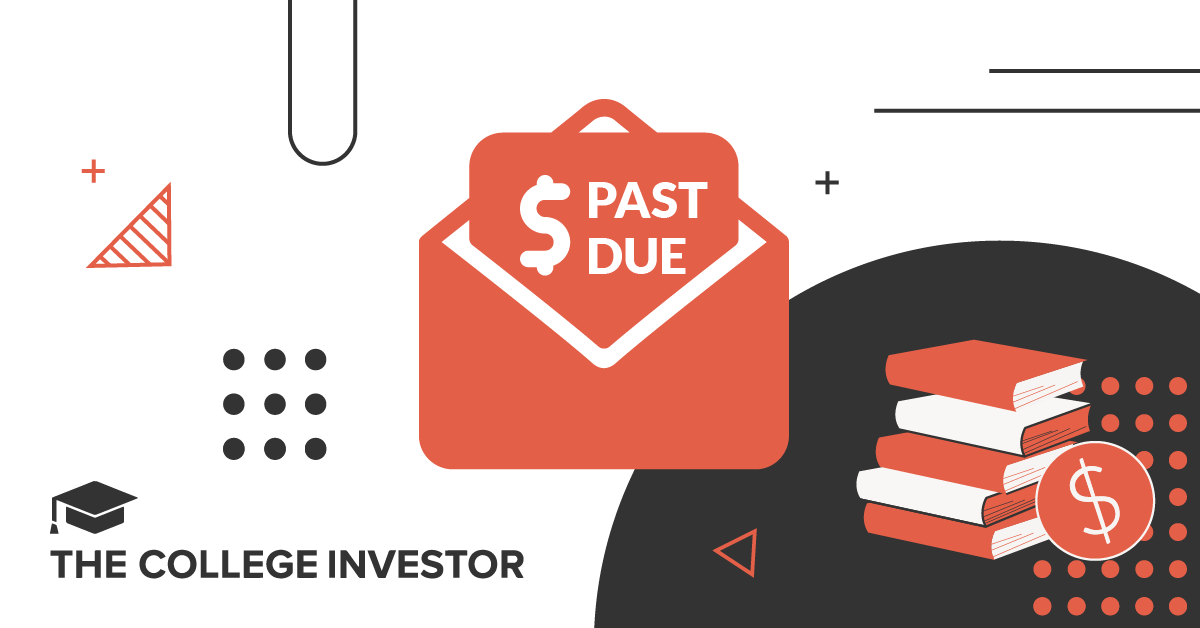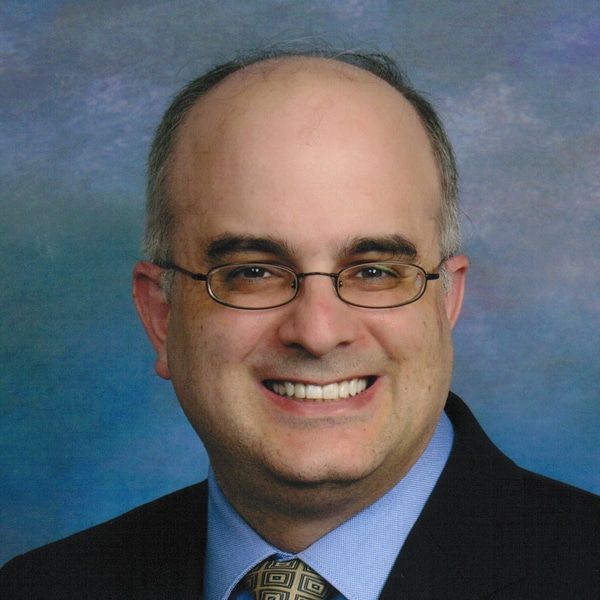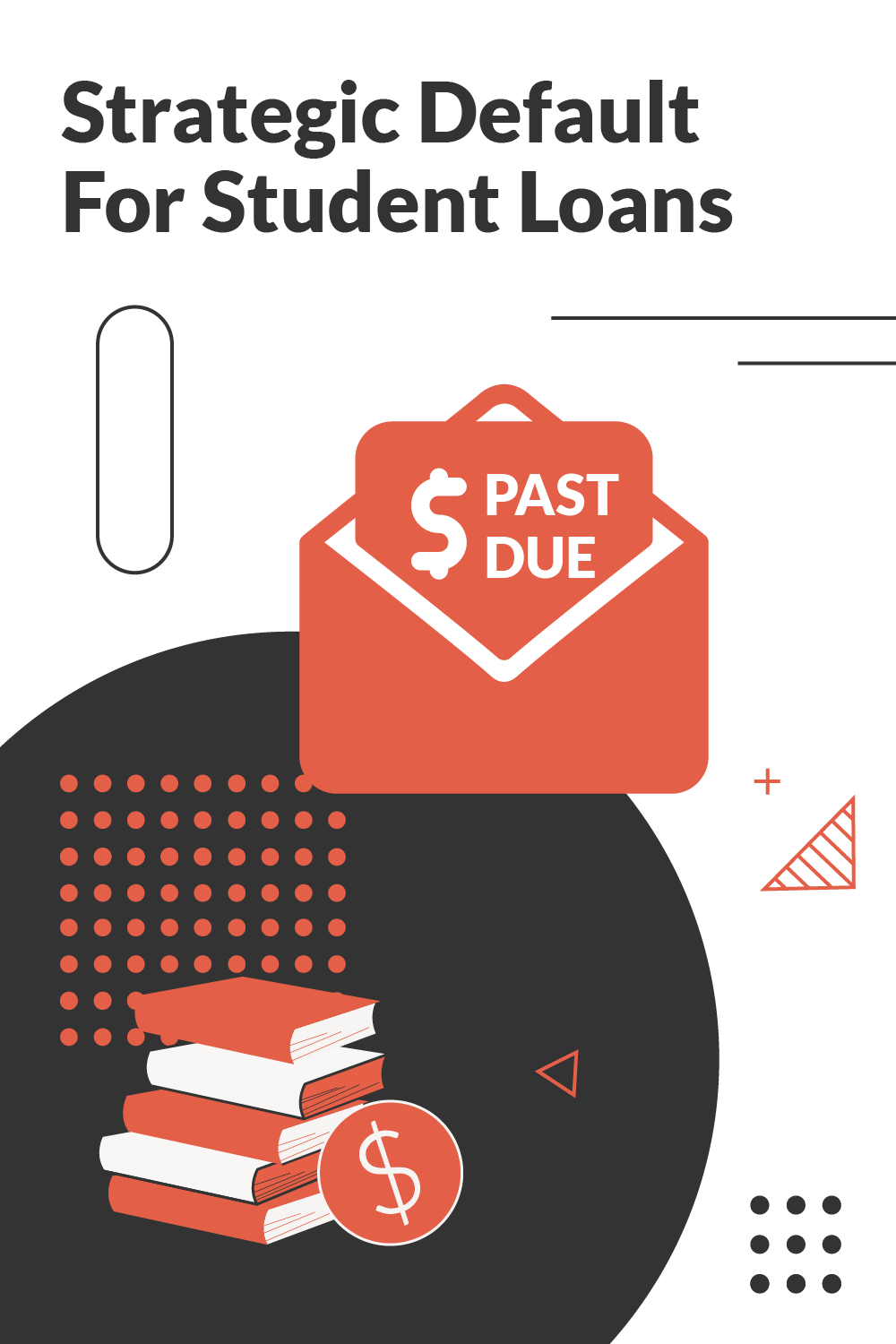
In 2011, some protestors encouraged borrowers to refuse to repay their student loans as part of Occupy Wall Street. They said that if enough borrowers joined this protest, the lenders would have no choice but to cancel the student loan debt.
Few people participated, and even those that did only lasted for a month or two. Nobody went into default as part of this protest.
More recently, after the U.S. Supreme Court blocked President Biden’s broad student loan forgiveness plan, some student loan protestors are once again urging their fellow borrowers to intentionally default on their federal student loans as a form of debt disobedience.
This kind of strategic default on federal student loans was a dumb idea then and it is a dumb idea now.
When a borrower defaults on their federal student loans, the only one hurt is the borrower, not the federal government. Borrowers can’t force the federal government to forgive their student loans by refusing the repay them. Borrowers have no leverage, not even if they act together as a collective.
Even if the borrowers had some leverage, the U.S. Department of Education does not have the legal authority to forgive student loans, just as it doesn’t have the authority to incarcerate defaulted borrowers. Only Congress has the ability to pass laws to forgive student loan debt.
Why Strategic Default For Student Loans Is A Bad Idea
The federal government has very strong powers to collect defaulted federal student loans. They will get their money, one way or another, and the borrower will end up paying the penalty. Here are some of the tools the government has at its disposal.
- The federal government can garnish up to 15% of a defaulted borrower’s wages administratively, without a court order. The wage garnishment exceeds the amount a borrower would have paid under an income-driven repayment plan.
- The federal government can offset federal income tax refunds and up to 15% of Social Security disability and retirement benefits.
- Collection charges of up to 20% may be deducted from every payment, slowing the repayment trajectory.
- The federal government can prevent renewal of professional licenses (including driver's licenses in some states, not just the licenses of doctors, nurses, dentists, pharmacists, social workers, teachers, accountants and attorneys).
- The borrower will be ineligible for FHA and VA mortgages, can't enlist in the U.S. Armed Forces, and will lose eligibility for further federal student aid.
- The federal government (and private attorneys acting on behalf of the federal government) can sue defaulted borrowers to collect the debt. With a court judgment against the borrower, they can garnish a greater amount, place liens on the borrower’s property and get a levy to seize money from the borrower’s bank and brokerage accounts.
- The federal government can also seize the borrower’s lottery winnings.
- The federal government will report the delinquencies and defaults to credit bureaus, making it very difficult for the borrower to get any credit (or, in some cases, to rent an apartment or get a job).
- Federal student loans are almost impossible to discharge in bankruptcy, so this debt will never go away.
Some people argue that the federal government benefits financially when a borrower defaults, especially if the borrower is capable of repaying the debt, since the collection charges increase the amount recovered.
The federal government sometimes will settle defaulted federal student loans, but only when the loans have been in default for a long time. Such settlements are always greater than the loan balance when the loans went into default.
These settlements merely forgive part of the interest or collection charges that have accumulated since then. For example, a typical student loan settlement will forgive half of the interest that accumulated since the loans went into default.
The settlement must also exceed the amount the federal government expects to collect in the future. Borrowers can never get a discount on their current loan balance by intentionally defaulting on the loans.
12-Month On-Ramp For Repayment Restart
Some borrowers may refuse to repay their student loans for a few months as a symbolic gesture, but the debt strike will not make a difference.
Borrowers who protest the restart of repayment will be protected from having their credit ruined during the 12-month on-ramp, because there will be no negative reporting to credit bureaus and no collection activity from October 1, 2023 through September 30, 2024.
But, there will still be a few negative consequences to not making payments.
- Interest starts accruing on September 1, 2023. Borrowers who don't make payments during the on-ramp will be digging themselves into a deeper hole, increasing the amount they owe.
- When the on-ramp is over, the late payments will be reported to credit bureaus and borrowers who haven't made any payments will go into default then. The only way to avoid this is to make a lump sum payment to get fully caught up on the missing payments.
In some ways, the on-ramp is similar to a 12-month forbearance, but it doesn't count against the 36-month limit on forbearances. It merely delays the negative consequences of delinquency and default.
A Better Way to Protest
Frustrated borrowers should write to their members of Congress. If enough borrowers complain, it does have an impact, as it makes the policymakers worry about getting re-elected.
Refusing to repay your student loans, on the other hand, does not have an impact, as politicians don’t listen to deadbeats.
Borrowers can also protest by paying off their debt more quickly by making larger payments, if they are able. That costs the federal government more money, by reducing the total interest paid over the life of the loan.
It also hurts the loan servicers who are paid a monthly servicing fee only until the loan is paid off. The federal government and the loan servicers make more money when a loan is repaid over time. If you want to protest a loan, make the lender to lose money.
Borrowers can also take advantage of existing options for student loan forgiveness and discharge, if eligible, to get rid of their debt.
These types of student loan cancellation, which were previously authorized by Congress, include the closed school discharge, total and permanent disability discharge, identity theft discharge, borrower defense to repayment discharge, loan forgiveness for employees of federal agencies, Segal AmeriCorps Education Awards, National Health Service Corps Loan Repayment Program, Teacher Loan Forgiveness and Public Service Loan Forgiveness.
There’s also forgiveness after a borrower has made 20 or 25 years of payments in an income-driven repayment plan. A lender who has no loans makes no money.
Options for Borrowers Who Are Unable to Repay Their Student Loans
If a borrower is struggling financially, there are several ways to continue a personal pause, although interest may continue to accrue.
For borrowers who are experiencing a short-term financial challenge, such as unemployment or medical/maternity leave, options include the economic hardship deferment, unemployment deferment and general forbearances.
Each of these options suspends the repayment obligation for up to a maximum of three years, typically in one-year increments. But, interest may continue to accrue and may be added to the loan balance if unpaid.
For a more long-term financial difficulty, there are the income-driven repayment plans, where the monthly payment will be zero if the borrower's income is less than 150% of the poverty line. With the new SAVE repayment plan, the threshold increases to 225% of the poverty line.
The excess of accrued interest above the calculated payment will be forgiven if the borrower makes the required payment, including a zero payment.

Mark Kantrowitz is an expert on student financial aid, scholarships, 529 plans, and student loans. He has been quoted in more than 10,000 newspaper and magazine articles about college admissions and financial aid. Mark has written for the New York Times, Wall Street Journal, Washington Post, Reuters, USA Today, MarketWatch, Money Magazine, Forbes, Newsweek, and Time. You can find his work on Student Aid Policy here.
Mark is the author of five bestselling books about scholarships and financial aid and holds seven patents. Mark serves on the editorial board of the Journal of Student Financial Aid, the editorial advisory board of Bottom Line/Personal, and is a member of the board of trustees of the Center for Excellence in Education. He previously served as a member of the board of directors of the National Scholarship Providers Association. Mark has two Bachelor’s degrees in mathematics and philosophy from the Massachusetts Institute of Technology (MIT) and a Master’s degree in computer science from Carnegie Mellon University (CMU).
Editor: Colin Graves Reviewed by: Robert Farrington
